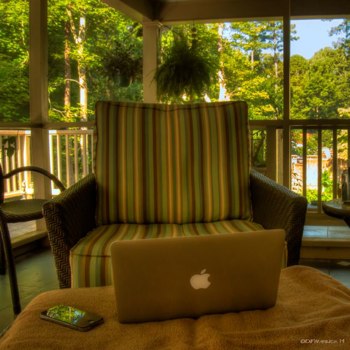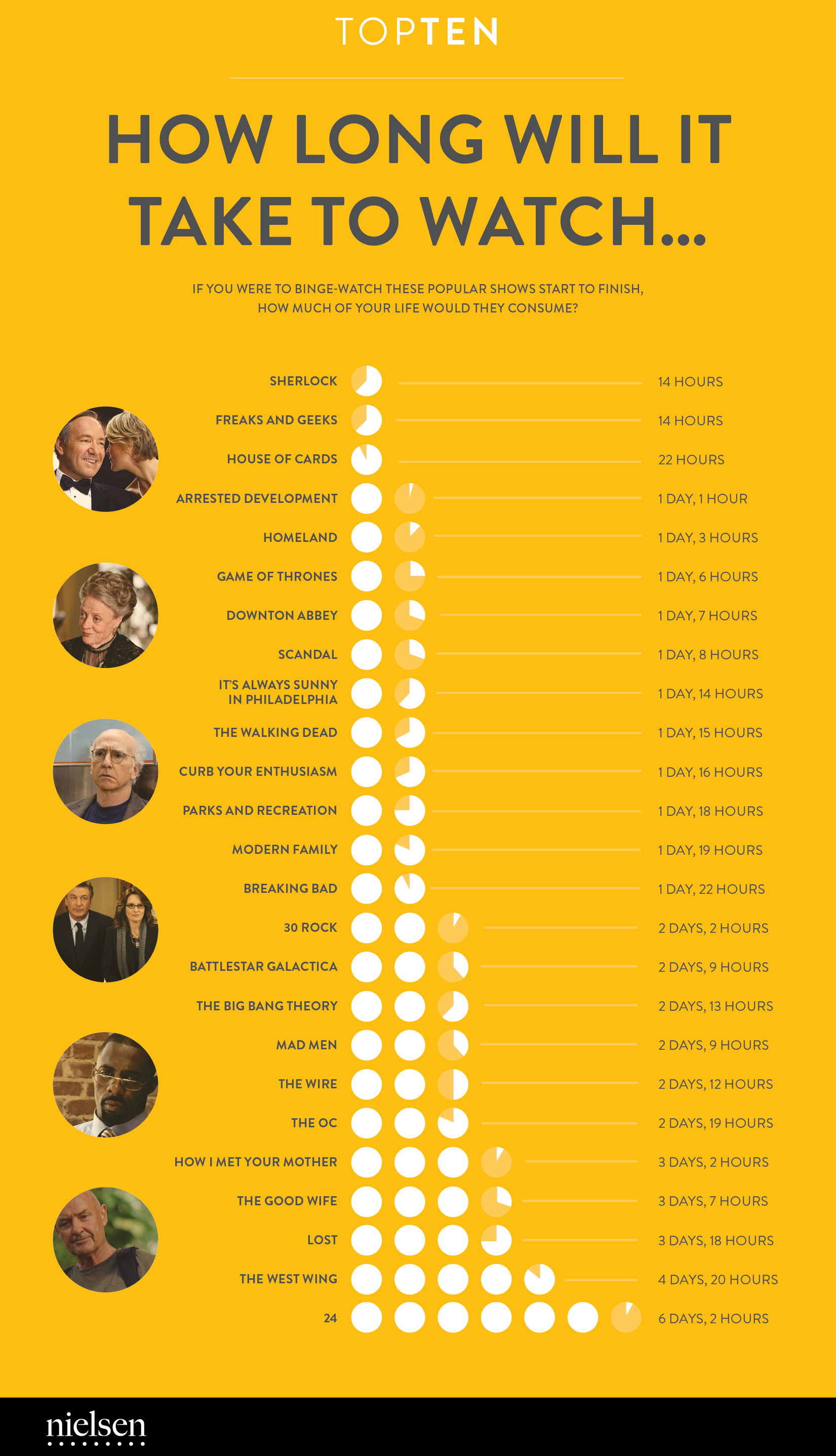I’ve been worrying over what’s to become of my 2¢ worth as I come to pay less attention to the education debate and less effort on promoting my own value to that conversation, which is at least a small part of what my pennies’ worth has been. Do I continue to have my children publish their video and infographic contributions, or drop the blog all together.
What continues to play at the edges of this conundrum is what was perhaps the most resounding nail I’ve hammered on during the final years and months of my professional career – that there is a distinct and crucial difference between learning and being taught. I suspect that there has been no time in human history where the ability to skillfully, resourcefully and continuously learn has been such an essential life long working (and playing) skill — lifestyle.
It’s a profound notion that begs the question, do we need an education system to teaches children how to be taught, or that helps them to learn to teach themselves? And if this is a question worth asking, then what does its answer mean to the pedagogies of our classrooms, libraries, school schedules…
As I have turned my attention away from writing about education and preparing for three keynote addresses a week (mostly not an exaggeration), I will must insist to you that I have not stopped learning. To treat my wife, I’ve taken on more of the cooking — applicable learning. I've started practicing the martial art of Aikido — reflective learning. Digital photography and the art and technique of post-production — information-rich learning.
I wonder if it might be useful to write about these learning experiences, removed from formal education. Though I've done a lot of thinking about my martial arts learning, the injured my coccyx (tail bone) from a bicycle accident, has prevented me from visiting the Raleigh Aikikai Dojo lately. I’m not yet mended enough to go and repeatedly fall down again. So let's look think about my photography learning.
 |
| Before |
 |
| After |
I bought a descent DSLR camera several years ago, as an incentive strategy for getting me out of the hotel rooms of the interesting and sometimes exotic places my work was taking me. The scheme worked, and I now have a wealth of snapshots going back close to twenty years. It’s afforded me a richer memory of my global wanderings, but also given me a virtual warehouse of digital images with which to learn and play.
I am mostly using three software tools: Photomatix Pro, to enrich photos by blending different exposures together; Photoshop, to shove pixels around with; and Lightroom for the finishing touches. They are all three, rich and powerful tools for working in a field about which I have no formal training. I simply look at the work of better photographers, watch videos and read blog articles about how they accomplished their masterpieces, pick out a particular technique of interest or need, and teach myself to do it.
And I play.
To the right are before and after images from the train station in Basel, Switzerland, where my wife and I changed trains travel from Frankfort to Milan. The before image is a fine snapshot. It’s clear and crisp. However, there is little sense of the station itself. So a produced a copy of the photo with the exposure cranked up, revealing the high rounded roof and ribbed structure. Blending these two files, with a third lower exposure copy, not only revealed the vast size of the station, but with some play, gave the photo an antique and artistically rendered effect. Near the far end of the building, there was a hint of some open windows with morning sunlight shining through. To excentuate this, I used some techniques that I'd learned the day before to enhance the beams of light add added some extra open windows, giving the photo not only a sense of place, but also of moment.
My point is that
I learn by playing and working and then play and work with what a learn —
..and there is no clear point where one ends and the other begins.
Might classrooms be a little more like this, where students learn by playing and working (accomplishing something of value) and then play and work with what they've learned?
Might these sorts of writings be useful to you, practicing educators?









